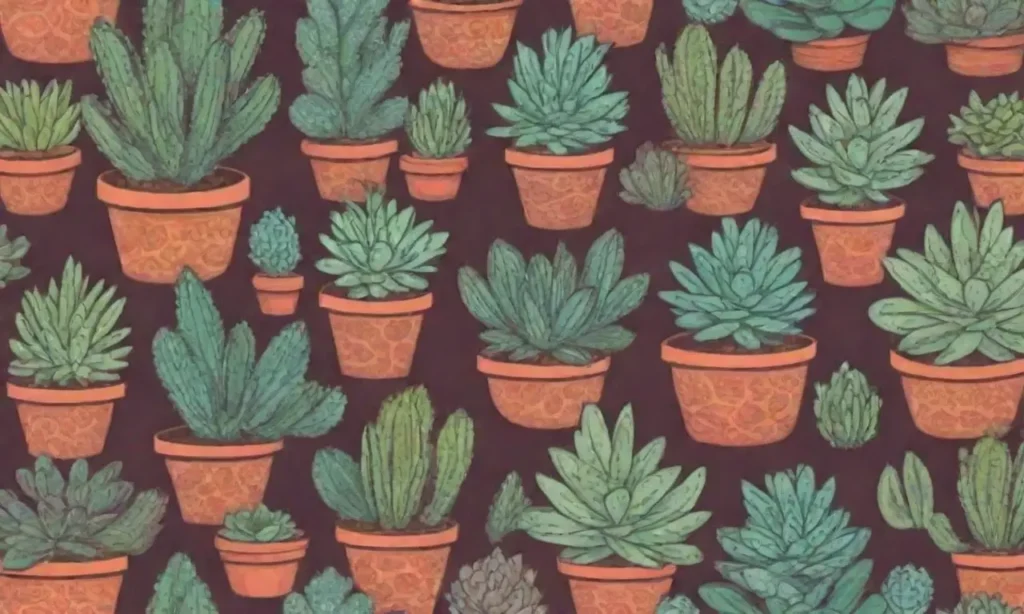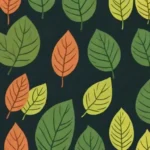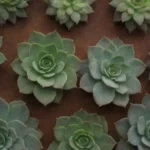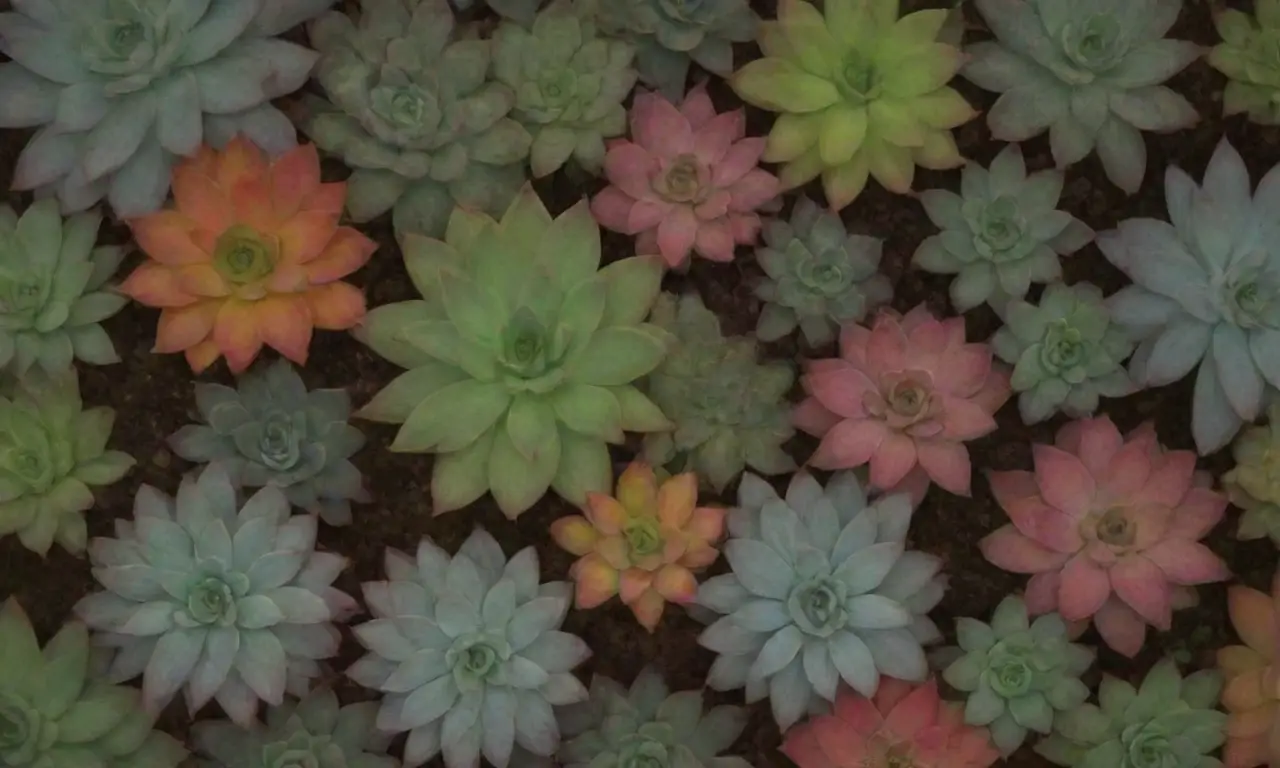How Leaf Shapes Influence Pest Resistance in Succulent Plants

Introduction
Plants have developed numerous adaptations over millions of years to survive in their environments, one of which includes their leaf shapes. In succulent plants, where water retention is crucial, leaf morphology not only affects hydration but also plays a significant role in pest resistance. Understanding how leaf shapes influence pest interactions provides vital insights into maintaining healthier plant species across various ecosystems, as well as informing gardening and agricultural practices.
In this article, we will delve into the intricate relationship between leaf shapes and pest resistance in succulent plants. We will explore the mechanisms of how leaf morphology deters pests, examine specific cases of succulents demonstrating these adaptations, and consider practical applications for both gardeners and agricultural professionals seeking to enhance pest control through plant selection.
The Role of Leaf Shape in Plant Defense
Leaf shape is among the most crucial factors influencing a plant’s ability to deter pests. The geometry of leaves, including their thickness, surface area, and overall structure, determines how plants interact with their environment. Succulents, characterized by thick, fleshy leaves usually adapted to arid climates, have evolved various shapes and forms that provide unique advantages for defense against herbivores and pests.
One prominent aspect of leaf shape is surface texture. Succulent leaves often possess a waxy cuticle or other structures that create a physical barrier to pests. This barrier can make it difficult for insects to penetrate or feed on the leaves, and in many cases, the waxy or rough surfaces can even deter certain pest species altogether. For example, the Aloe genus exhibits a thick cuticle on their leaves, making them less vulnerable to soft-bodied pests like aphids or mealybugs.
Additionally, the shape and thickness of leaves can influence the way sunlight is absorbed. Plants with thicker leaves typically store more water and may thrive without needing to compromise energy by diverting resources towards defense against pests. However, some succulent plants have evolved to have thinner and more shaped leaves that reduce pest attraction while effectively managing water retention despite their delicate structure. This strategic use of leaf shape helps in warding off potential predators through ecological design, enabling the plant to thrive even in harsh conditions.
Leaf Texture and Chemical Defenses
Beyond physical barriers represented by leaf shape, chemical defenses also play a crucial role in pest resistance. Succulent plants often produce a variety of secondary metabolites—organic compounds that can be toxic, repellent, or deterrent to pests. The production of these chemicals is sometimes influenced by leaf shape and structure. For instance, the intrinsic properties of thick, fleshy leaves may encourage higher concentrations of chemical compounds, essentially amplifying the plant's defensive capability.
For example, Aloe vera, a well-known succulent, contains saponins and various other phytochemicals within its leaves which are known to harbor anti-pest effects. The complex interplay between leaf structure and chemical composition creates multifaceted defenses that are often optimized to deter specific pests. Similarly, some plants with spiky or serrated leaf edges can trap or injure insects attempting to feed, further enhancing their natural deterrent mechanisms.
 Why Leaf Shape Matters in the Role of Succulent Photosynthesis
Why Leaf Shape Matters in the Role of Succulent PhotosynthesisIn contrast, succulents that exhibit smooth or rounded leaf shapes may need to rely more heavily on chemical defenses. These plants typically feature a higher proportion of toxic compounds in their tissue because their physical attributes alone may not provide optimum pest resistance. By studying plant leaf shapes and simultaneous chemical defenses, researchers can better understand how multifunctional adaptations work together towards enhanced survival.
Evolutionary Perspectives on Leaf Shape
The evolution of leaf shape offers fascinating insights into how plants have adapted to their environments to manage stressors, including pest infestation. Over time, succulents that possessed advantageous leaf shapes in terms of pest resistance had a better chance of survival and reproduction, contributing to their evolutionary success. Succulents from diverse habitats illustrate the various adaptations that have taken place to optimize their survival.
For instance, in desert environments, succulents like the Echinocactus or Agave exhibit spiny and textured leaf shapes that provide wide-ranging resistance to herbivores. The spines not only reduce consumption but also minimize water loss—a crucial aspect of survival in arid conditions, where moisture is limited. Conversely, in milder or more temperate regions, some succulents have evolved thicker, fleshy leaves without significant spines, directing more energy towards growth and reproduction than to pest resistance.
Diverse evolutionary pressures—such as predation, competition for water, and the need for pollination—result in an array of leaf shapes that exhibit unique pest resistance strategies. Studying the evolution of these leaf shapes can provide a comprehensive understanding of the adaptive strategies succulents utilize in various ecological niches, helping to inform both horticultural practices and conservation efforts.
Practical Applications for Pest Management
With our growing understanding of how leaf shapes influence pest resistance, many practical applications emerge for both gardeners and farmers. Selecting suitable succulent plants with the right leaf morphology could lead to lower pest invasions and healthier plant systems, thereby promoting sustainable gardening and agriculture. This insight becomes especially vital as climate change and environmental shifts threaten traditional agricultural practices and ecosystems.
One critical aspect to consider is planting a diverse array of succulent species within a garden or landscape, as this diversity can bolster pest resistance through what is known as “functional redundancy.” By utilizing plants with various leaf shapes and chemical defenses, one can create a more resilient ecosystem where pests may struggle to thrive due to the multiple barriers to consumption presented by different succulent plants.
Furthermore, gardeners can enhance pest resistance by adopting integrated pest management (IPM) practices. This strategy involves leveraging biological controls, such as introducing predatory insects that feed on pests, and cultivating companion plants that can enhance pest resistance through their physical and chemical attributes. By cultivating succulents with beneficial leaf shapes alongside these plants, gardeners can craft a robust ecological environment that supports herbal health.
 Thick and Thin: Variations in Succulent Leaf Thickness
Thick and Thin: Variations in Succulent Leaf ThicknessAdditionally, for agricultural settings where succulents are cultivated commercially, the careful selection of cultivars with efficient leaf shapes can decrease dependence on chemical pesticides, reducing costs and environmental impacts, thus aligning with eco-friendly practices.
Conclusion

The exploration of how leaf shapes influence pest resistance in succulent plants illuminates the fascinating interplay between morphology, chemical defenses, and evolutionary adaptations. It demonstrates the importance of understanding plant anatomy not only for conserving biodiversity but also for advancing sustainable gardening and agricultural practices. As we continue to study these relationships, we identify paths to improve pest management through careful selection and cultivation practices, benefiting enthusiasts, gardeners, and the agricultural industry alike.
In conclusion, succulents serve as significant models for understanding pest resistance in plants. By recognizing and appreciating the intricate relationship between leaf shape and pest dynamics, we can unlock new strategies for preserving plant health and promoting ecological integrity. As our environments change, these insights will prove increasingly vital for ensuring sustainable practices that enhance the resilience of our plants and ecosystems. Comprehending nature's elegant designs can foster a better connection to our botanical companions while providing tools necessary for healthier and thriving gardens and farms.
If you want to read more articles similar to How Leaf Shapes Influence Pest Resistance in Succulent Plants, you can visit the Leaf Shapes category.
